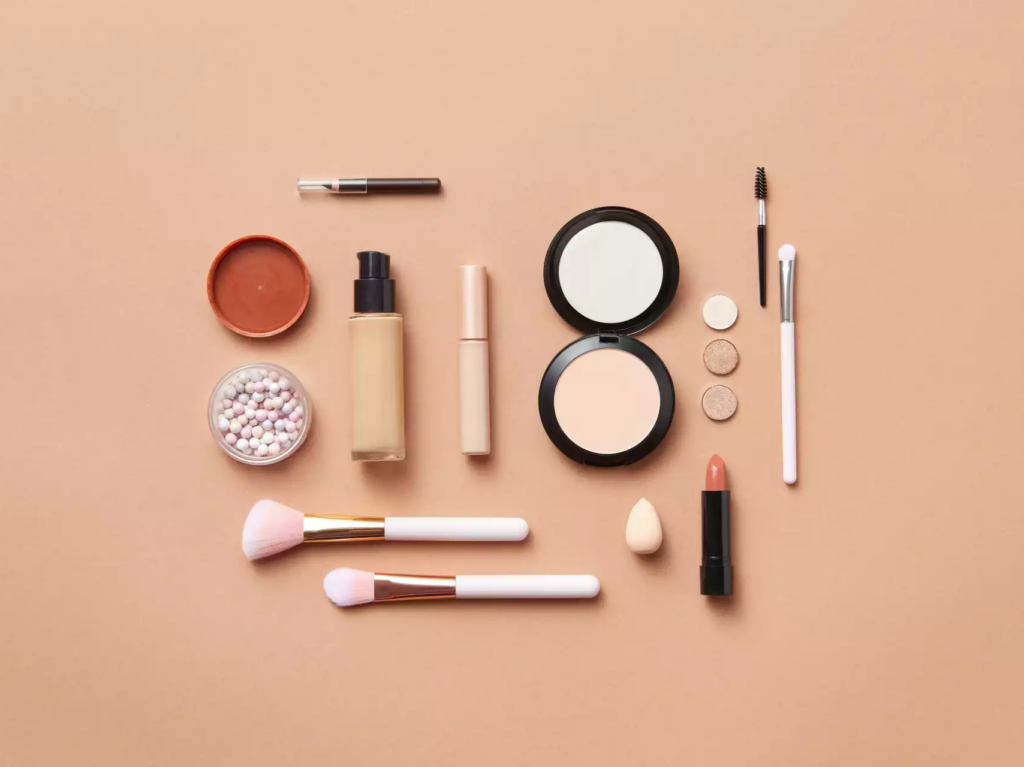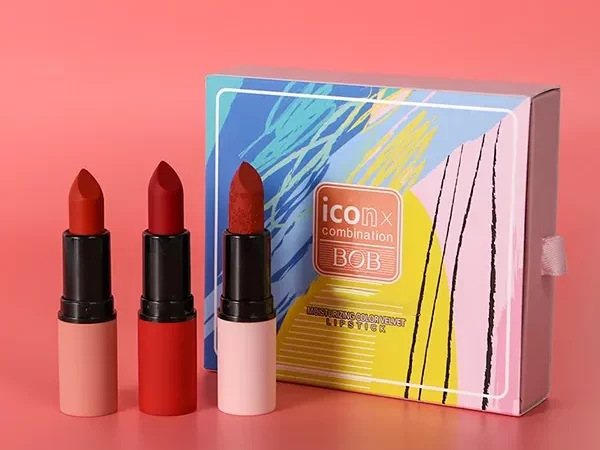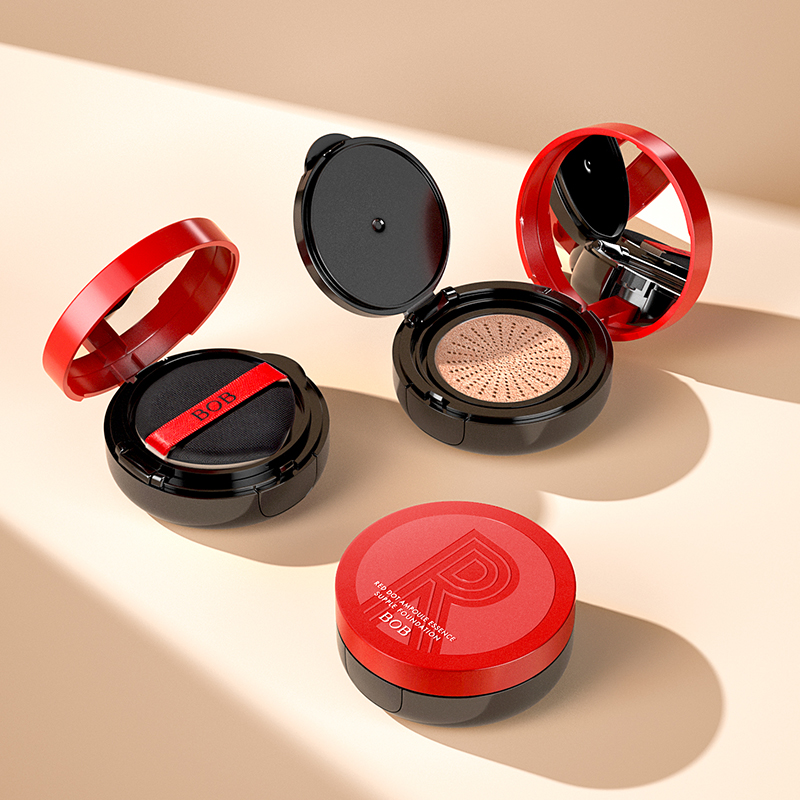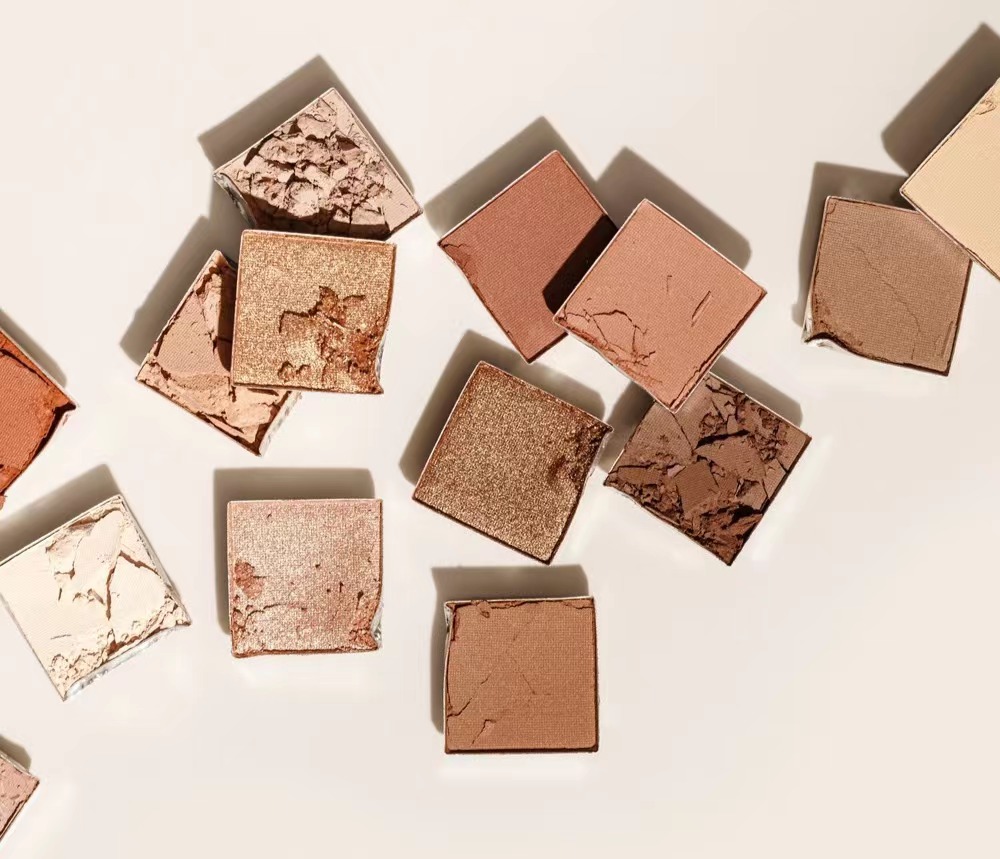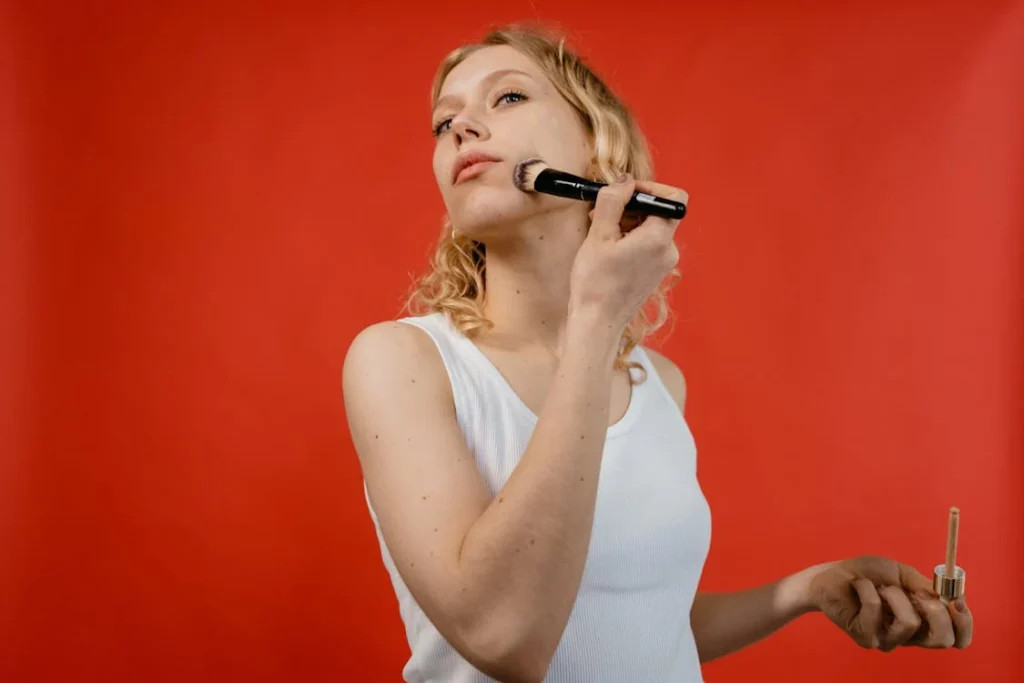When you are putting on makeup, you may have thought, “What color concealer should I get?” Choosing the right concealer can feel like finding a needle in a haystack. With so many shades and types, it’s easy to feel overwhelmed. But don’t worry! I’m here to guide you through this beauty maze. Let’s dive into the world of concealers and figure out the perfect shade for you.
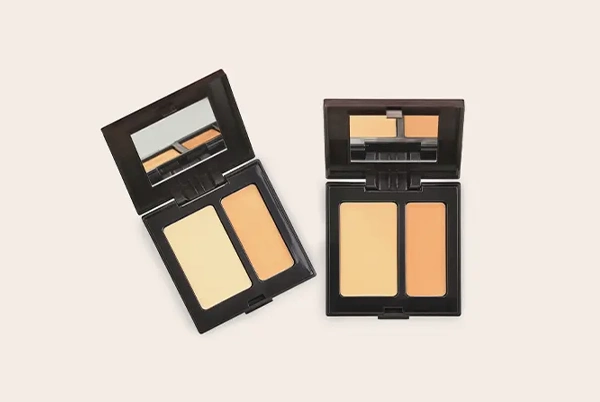
What is Concealer?
Concealer is like your magic wand in the world of makeup. It’s designed to cover up imperfections such as dark circles, blemishes, and age spots. Think of it as your secret weapon for a flawless complexion.
Types of Concealers
Different types of concealers serve different purposes. Whether you prefer liquid, cream, stick, or powder, knowing the benefits of each type will help you make an informed choice.
Liquid
Liquid concealers are versatile and work well for most skin types. They offer buildable coverage and are great for both under the eyes and covering blemishes. Plus, they blend like a dream!
Cream
Cream concealers are perfect if you need heavier coverage. They’re thicker than liquid concealers, making them ideal for hiding dark circles and stubborn spots. Just be sure to blend well to avoid a cakey look.
Stick
Stick concealers are super convenient and portable. They’re easy to apply and great for touch-ups on the go. They usually have a creamy texture, making them perfect for covering small areas.
Powder
Powder concealers are less common but can be great for oily skin. They offer a matte finish and can be layered over liquid or cream concealers to set them in place.
Testing Your Skin Tone
Your skin undertone plays a big role in choosing the right concealer. There are three main undertones:
- Cool Undertones
- Warm Undertones
- Neutral Undertones
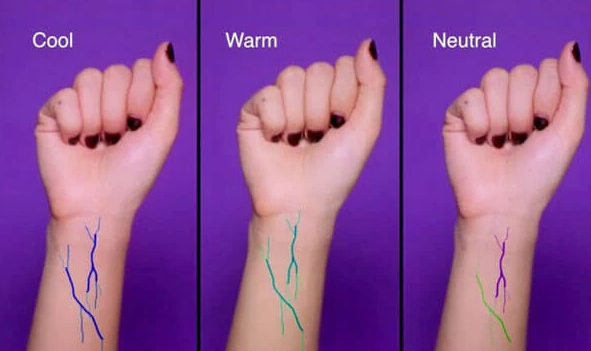
Vein Test
Look at the veins on your wrist. If they appear greenish, you likely have warm undertones. If they look blue or purple, you have cool undertones. Can’t tell? You might have neutral undertones.
Jewelry Test
Try on both gold and silver jewelry. Which one makes your skin glow? If it’s gold, you’re warm. If it’s silver, you’re cool. If both look good, you’re neutral.
Choosing the Right Shade for Different Skin Tones
Different skin tones require different approaches to ensure the concealer blends seamlessly with your complexion. Here’s how to find the right shade based on your undertones.
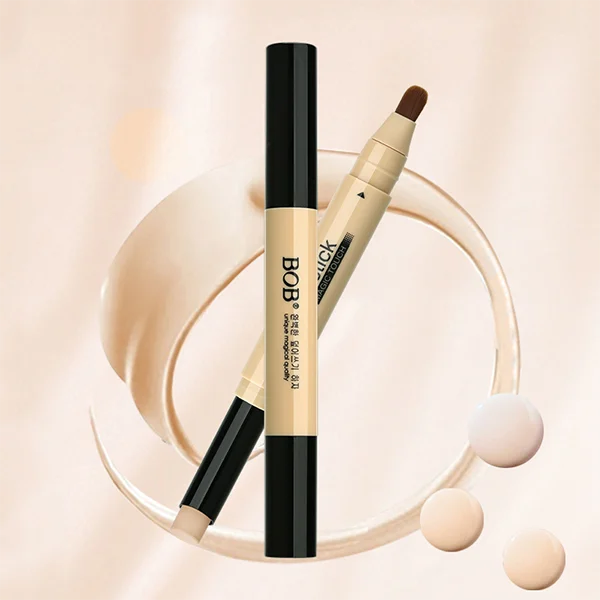
Cool Undertones
If you have cool undertones, your skin has a pink, red, or blue tint. When choosing a concealer, opt for shades with a pink or peach base. These tones will neutralize any bluish or purplish areas, such as under-eye circles, giving your skin a bright and even finish.
Warm Undertones
For those with warm undertones, which have a yellow, golden, or olive hue, look for concealers with yellow or golden undertones. These shades will blend beautifully with your skin, covering imperfections while maintaining a natural look. Avoid pink-based concealers, as they can make your skin look ashy.
Neutral Undertones
If your skin doesn’t lean strongly towards pink or yellow, you have neutral undertones. This versatility allows you to choose from a wider range of concealer shades. Opt for neutral beige or light peach tones that will harmonize with your natural complexion without overpowering it.
Choosing the Right Shade for Different Skin Types
Your skin type plays a crucial role in determining which concealer formula will work best for you. Here’s how to choose the right concealer based on your skin type to ensure a flawless, long-lasting finish.
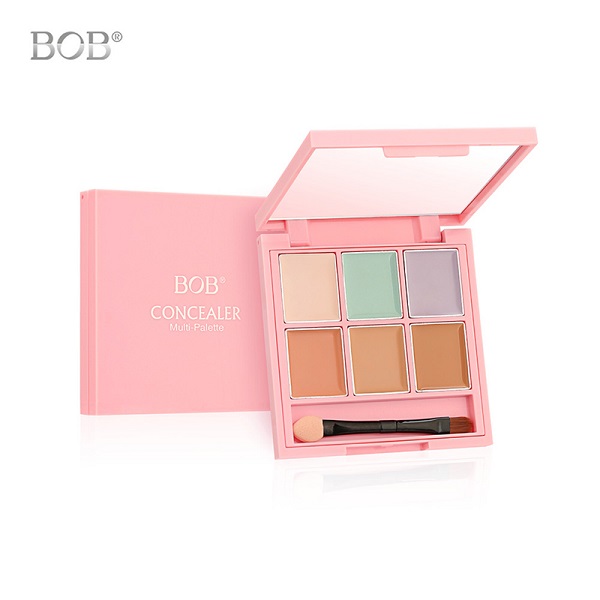
Oily Skin
If you have oily skin, controlling shine is key. Opt for a matte or powder concealer that will help absorb excess oil and keep your skin looking fresh. Avoid heavy, creamy formulas that can slide off and make your skin appear greasy. Matte and oil-free options are your best bet for a smooth, shine-free look.
Dry Skin
Dry skin needs all the hydration it can get. Choose hydrating liquid or cream concealers with moisturizing ingredients to prevent caking and flaking. Look for products that offer a dewy finish to add a healthy glow to your complexion without settling into dry patches.
Combination Skin
Combination skin can be a bit tricky since it has both oily and dry areas. Use a mix of concealer types to address your specific needs: a hydrating formula for dry patches and a matte one for oily areas. This tailored approach will keep your skin balanced and your concealer looking seamless.
Sensitive Skin
For sensitive skin, it’s important to use gentle makeup products that won’t cause irritation. Look for hypoallergenic and fragrance-free concealers to minimize the risk of reactions. Mineral-based concealers are also a great option, as they are typically free of harsh chemicals and preservatives, making them kinder to delicate skin.
What Color Concealer Should I Get for Specific Concerns?
What is the Best Concealer for Dark Circles?
For dark circles, color correcting is key. Use a peach or orange-toned concealer to neutralize the blue or purple hues under your eyes. Follow up with a concealer that matches your skin tone.
What is the Best Concealer for Mature Skin?
Mature skin benefits from lightweight, hydrating formulas that don’t settle into fine lines. Look for concealers with anti-aging ingredients to keep the skin looking fresh.
What is the Best Concealer for Age Spots?
For age spots, a full-coverage cream concealer works best. Opt for a shade that matches your skin tone to seamlessly blend the spots away.
What is the Best Concealer for Wrinkles?
To tackle wrinkles, choose a concealer with a smooth, hydrating formula. Avoid heavy, thick products that can settle into lines and make them more noticeable.
Application Techniques for Flawless Coverage
Applying concealer correctly can make all the difference in achieving a smooth, natural look. Follow these tips to master your concealer application and avoid common mistakes.
Prepping the Skin
Start with a clean, moisturized face. Use a good moisturizer and let it absorb fully before applying any makeup. This creates a smooth base and helps the concealer blend better and stay put longer.
Using Brushes vs. Fingers vs. Sponges
The tool you use to apply concealer can affect the finish.
- Brushes provide precise application, especially for small blemishes.
- Fingers are great for warming up the product and blending it seamlessly, particularly under the eyes.
- Sponges offer a natural, airbrushed finish and are ideal for blending larger areas.
Layering Products for Better Coverage
For areas that need more coverage, layering is key. Apply a thin layer of color corrector first if needed, followed by your concealer. Build up coverage gradually, blending each layer well to avoid a cakey appearance.
Setting Concealer
To keep your concealer in place all day, set it with a light dusting of translucent powder. Use a small brush or sponge to press the powder into the skin, focusing on areas prone to creasing, like under the eyes.
Common Concealer Mistakes to Avoid
Avoid these pitfalls to ensure your concealer looks flawless:
- Using the Wrong Shade: Choosing the right shade is crucial. Too light or too dark concealers can highlight imperfections rather than hide them. Match your concealer to your foundation or go one shade lighter for brightening.
- Over Applying Product: Less is more when it comes to concealer. Applying too much can lead to a cakey, unnatural finish. Start with a small amount and build up as needed.
- Not Blending Properly: Blending is key to a natural look. Make sure to blend the edges of the concealer well into your skin. Use a brush, sponge, or your fingers to achieve a seamless transition with your foundation.
Conclusion
Finding the perfect shade of concealer doesn’t have to be a daunting task. By understanding your skin tone, undertone, and specific concerns, you can select a concealer that will make you look and feel your best. Happy concealing!
FAQs
1. How Do I Know My Concealer Shade?
Test different shades on your jawline and see which one blends seamlessly into your skin. Remember, it should be slightly lighter than your foundation for brightening.
2. Can I Use Concealer Without Foundation?
Yes! Concealer can be used on its own to cover blemishes or dark circles. Just make sure to blend well for a natural look.
3. How Often Should I Replace My Concealer?
Typically, concealers should be replaced every 6-12 months to ensure freshness and avoid bacteria buildup.
4. Are There Vegan and Cruelty-Free Concealers?
Absolutely! Many brands offer vegan and cruelty-free concealers. Look for certifications on the packaging to be sure.


